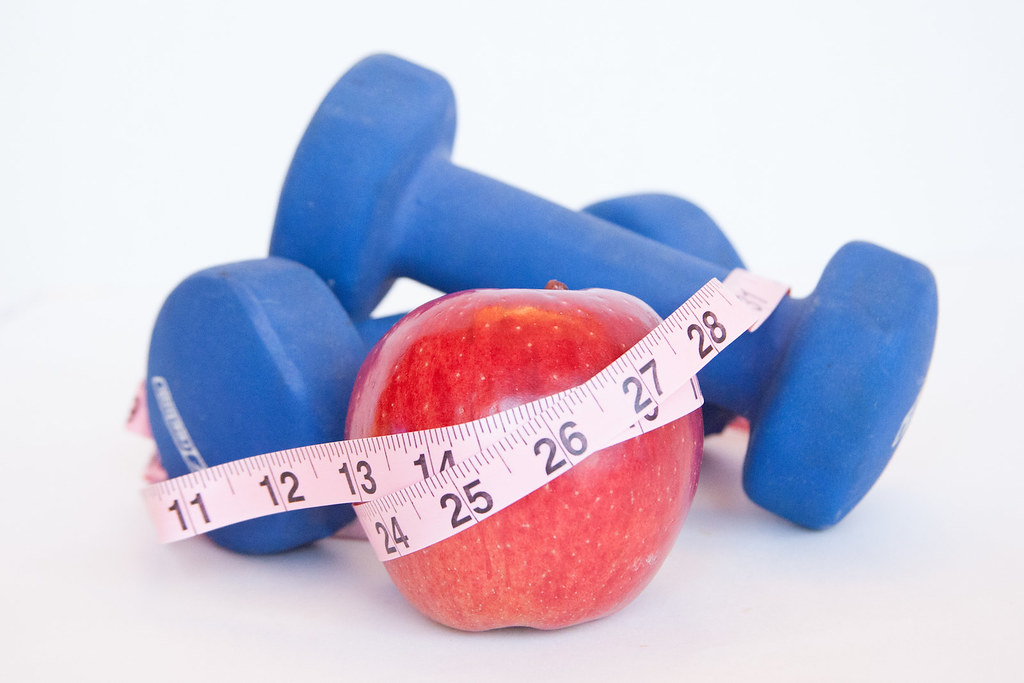
A key element in achieving weight loss is finding ways to break a calorie intake or calorie expenditure plateau. Despite the fact that NEAT is the major contributing factor, adherence to a protocol, hunger, under-estimating calories, and under-exercising are other possible solutions. These include more protein and improving adherence. If you're having trouble losing weight, read on for ways to overcome this obstacle.
Increase your aerobic exercise frequency
One common reason why weight loss plateaus is due to a body's inability burn calories. The body's ability to burn calories becomes routine and makes it easier to complete the workouts with less effort. You can break through plateaus by adding a challenge to your workout. You can increase the intensity of your workouts, or change the type of exercise. One way to do this is to walk faster, or at a higher elevation to burn more calories.
If you've hit a plateau in weight loss, try increasing your aerobic exercise frequency. You can start by working out three to four times a week for 90 mins. You can increase your calorie-burning and intensity by breaking up your routine into two 45 minutes periods. You may be at a plateau if your workout takes longer than 45 minutes. It is possible to break this plateau by adding two 45 minute sessions to your workouts.
Change your eating habits
It is time to assess your eating habits and weight-loss goals once you have reached a plateau. While it may be discouraging to see the same weight you started at, you may be experiencing the plateau because of a variety of reasons. Your body may need to adjust to a new diet, exercise routine, or your level of activity. You should change your diet and exercise habits to break the plateau.

Another reason that a plateau may occur is your calorie intake. It is essential to eat enough calories to satisfy your hunger if you are trying to lose weight. Fortunately, eating the right types of foods will curb your appetite and keep your intake of high-calorie foods to a minimum. The secret to success is getting satisfaction from every calorie that you eat. You'll lose weight in no time if you can find foods with this feature.
Stop cutting calories at 90% of your BMR
There are several reasons why you might hit a plateau in weight loss, including your body's metabolism slowing down or you being in starvation mode. In either case, you will likely experience a plateau. When your metabolism reaches a plateau, your body sees the deficit as a threat to its survival, and reacts by decreasing your BMR, your NEAT, and your drive to eat. It's normal to reach a plateau. Keep track of your calories and track your progress.
You can break through a plateau by creating a deficit to start your fat loss. To break the plateau you will need to create an additional deficit of approximately 25 percent of BMR. After that, adjust your macros in accordance with your new body mass. To avoid muscle loss and avoid plateaus, use a keto calculator.
Increase your protein intake
Increasing protein in your diet is a simple way to boost your metabolism and break through a plateau in weight loss. You should consume 0.7 to 1 g of protein per kilogram body weight every day. However, people with calorie shortages may find a higher intake of protein beneficial. Protein is good for weight loss, as it can help manage hunger levels. Adults who are active in low-intensity activities should consume 0.8g protein per kilogram. On the other side, moderate physical activity might require more protein.

It is important for weight loss as it increases your metabolism rate. Protein also increases the production of PYY, which reduces hunger and makes you feel full. This hormone is released by your body when you eat protein. It has been proven to increase your metabolism rate by at least twenty percent. Studies have shown that increasing your protein intake can help prevent muscle loss.
FAQ
Is Cardio Better Than Strength Training?
Both are equally good. Cardio is better if you are looking to build muscle faster.
Cardio burns more calories per minute than strength training and burns more fat.
Strength training builds muscle mass, but it takes longer to achieve this goal than cardio.
Do I need to exercise every morning?
No! At least 30 minutes moderate-intensity exercise five days per week is a good goal. That means walking fast enough to be slightly out of breath or biking hard enough to sweat.
How often should you exercise per week?
It all depends upon how much time you have and what type or exercise you prefer. The general rule of thumb is to exercise aerobically 3 - 5 days per week. Don't go overboard. To get the best results from your exercise, it is important to be consistent.
Which exercises are best for me?
It all depends on what type of fitness goals you have. Some people are more focused on endurance activities such as running, cycling and swimming. Others love lifting weights or using resistance bars. There are many types of exercise programs today. Find the best option for you.
Statistics
- By John Thompson Take a whopping 38% off a set of PowerBlock Pros. (menshealth.com)
- Get free shipping and 25% off today. (healthline.com)
- Are You One of the 20% of Guys (mh.co.za)
- 10 pounds in a month is likely during a lean bulking phase, especially for beginners. (muscleandstrength.com)
- Cardmembers earn 5% Back at Amazon.com with a Prime Credit Card. (amazon.com)
External Links
How To
What should I eat before a workout?
Losing weight requires you to consume fewer calories than what you burn in exercise. You must also eat all of your nutrients.
This includes protein and carbohydrates as well as fats, vitamins, and minerals.
The best way to achieve this is to eat smaller meals throughout a day rather than three large meals.
If you are too hungry when working out, you might not perform as well as if you had appropriately eaten beforehand.
Instead of drinking energy drinks that are high in sugar and caffeine, you could drink water. This will help you stay hydrated as well as energized.
But make sure you're getting enough fluids. Drinking too much water could dilute the electrolytes in your system.
For proper functioning of your body, electrolytes are necessary.
If you don't have access to water, you could drink sports drinks. They can be rich in minerals like sodium, potassium or calcium.
These electrolytes can be replenished by this method. These won't, however, replace the sweat you lose from exercising.
You can take multivitamin pills if you are concerned about salt loss during exercise.
These include extra vitaminB6, which regulates your body's sodium level.
However, you shouldn't rely on supplements if you don't know how much salt you're getting from food and beverages.
They aren’t controlled by the Food and Drug Administration.
For example, some brands of sports drinks can contain more sodium than others.
Some sports drinks might contain artificial sweeteners, preservatives, or both. These may cause digestive problems.
Sea salt is an option if you don't want to eat too much salt.
It contains fewer chemicals then table salt.
Sea salt also lacks iodine. This mineral is important for healthy thyroid function.